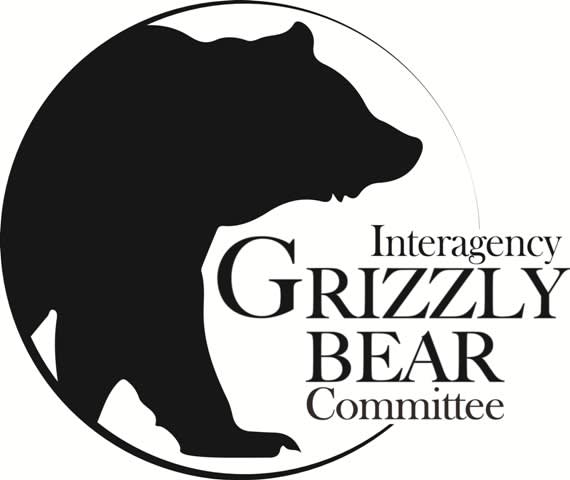The USFWS Requests Input on Grizzly Bear Population in Greater Yellowstone Area
Montana Fish, Wildlife & Parks 03.22.13

As part of an ongoing commitment to use the best available science to manage grizzly bear recovery, the United States Fish & Wildlife Service (USFWS) announced today in the Federal Register that it is requesting public review and input on Proposed Revisions to the Demographic Recovery Criteria for the Grizzly Bear Population in the Greater Yellowstone Area.
According to Grizzly Bear Recovery Coordinator Christopher Servheen, Ph.D., “We are proposing to update portions of Demographic Recovery Criteria 1 and 3 for the Yellowstone grizzly bear population based on new scientific analyses and information. Since these criteria were last updated, new approaches and scientific protocols have been developed.” These proposed changes are regarding how grizzly bears in the Yellowstone Ecosystem are counted and not changes in the criteria for delisting.”
After receiving and considering public comments and peer review, the final criteria would replace the current Demographic Criteria and would be appended to the Yellowstone chapter of the Grizzly Bear Recovery Plan (U.S. Fish and Wildlife Service 1993) and the Final Conservation Strategy for the Grizzly Bear in the Greater Yellowstone Area,” said Servheen.
The specific changes being proposed are:
- Update Criterion 1 to reflect the demographic goal of maintaining a minimum population size of 500 animals and at least 48 females with cubs. Propose to eliminate the criterion’s dependence on a specific method (e.g., Chao2) so that improved scientific methods can be rapidly implemented as they become available in peer reviewed literature. Methods used to estimate population size will be documented and detailed in the Application Protocol posted on the Interagency Grizzly Bear Study Team’s website.
- Update Demographic Criterion 3 to require sustainable mortality rates. Instead of specifying what the sustainable mortality rates for independent females (at least 2 years old), independent males, and dependent young (<2 years old) are, these rates would be calculated by the Study Team and modified as new data indicates warranted. In order to demonstrate this method will be objective and measurable, it is noted that as of 2012, the sustainable mortality limit for independent females is 7.6% while the limits for independent males and dependent young are 15% and 7.6%, respectively.
- Designate a Monitoring Area within which all demographic criteria are assessed. This requires revision of the area within which mortalities are counted against the mortality limits for independent females and males and dependent young. The area where population size is estimated would be the same area where mortalities are counted. This change would mean that bear mortalities outside the Monitoring Area would no longer count against the sustainable mortality limits, conversely, bears observed outside this Monitoring Area would not be counted toward estimates of population size.
“The initial methods used to calculate the population and mortality estimates for the Yellowstone Ecosystem were designed to address a sparse population in need of recovery. The proposed changes allow us to use the best data available to carefully measure the health of a larger, more robust population,” said Servheen.
To learn more about ongoing work being done with grizzly bear recovery in the Yellowstone Ecosystem visit: http://tinyurl.com/cmmnzw6. The proposed changes were developed through a cooperative interagency effort with Yellowstone Ecosystem partner agencies. The public comment period is open until May, 21, 2013. Send Comment – Attention: GYA demographic criteria, USFWS, University Hall, Room 309, Missoula, MT 59812.

